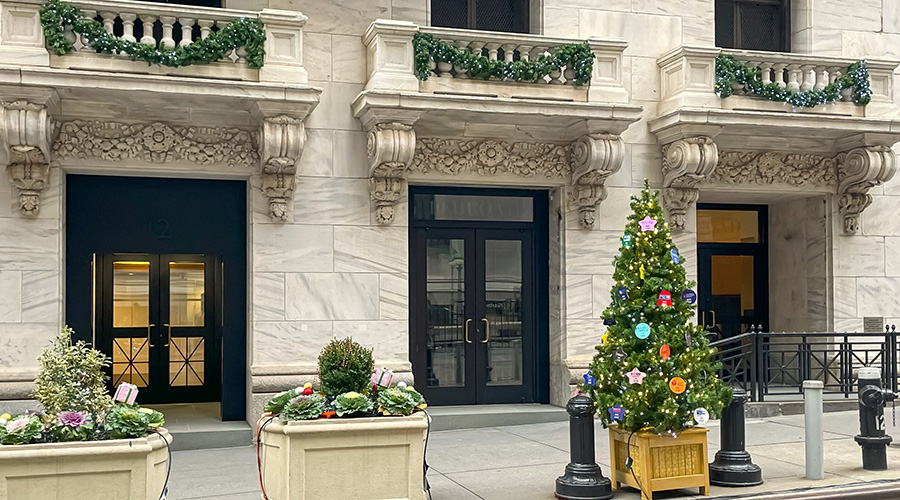Door Hardware Maintenance: Problems and Solutions
As soon as installers put new door hardware in place, maintenance planners should begin setting up a comprehensive inspection routine to ensure a long, trouble-free performance life. Some hardware — for example, closers and operators on main access doors that cycle hundreds of times an hour — requires daily inspection.
But to ensure top performance, they also require continuous cleaning, periodic lubrication, and minor adjustments to the sweep speed. This approach can ensure minimal interruption to occupants' activities, and it can result in a more secure environment and cost-effective maintenance than if technicians tie up the entrance during major repairs after an operator or other hardware fails.
Door hardware's long-term performance life depends on proactive and comprehensive inspection and maintenance. The first step in such an effort is for technicians to inspect installations for early signs of trouble. They include:
- grit around cylinders, hinges, and linkages that indicate abrasion
- sluggishness or erratic sweep speed
- a loud noise when the door closes too fast against the jamb
- loose hinges and crash bars
- oil stains that indicate leakage
- squeaks or sticking.
Upon detecting these and other minor problems, technicians can take universal actions designed to avoid major problems. They include:
- cleaning to facilitate inspection and to remove the grit around hinges, closers, and linkages to regain smooth operation
- topping off cylinders and gear boxes with additional fluid
- tightening and lubricating hinges and links
- checking and adjusting plumb to eliminate sticking
- checking sweep timing so the door closes fully and does not close too hard on the jamb
- conducting lock inspections to detect tampering
- using graphite lock lubricant to prolong life
- retightening thresholds and kick plates
- checking alarm systems to ensure they are on
- periodic rekeying to enhance security.
Finally, it is always good practice to use a hardware manufacturer's recommended maintenance procedures and frequencies.
Thomas A. Westerkamp is a maintenance and engineering management consultant and president of the Work Management Division of Westerkamp Group LLC.
Related Topics:














